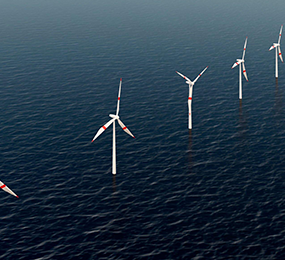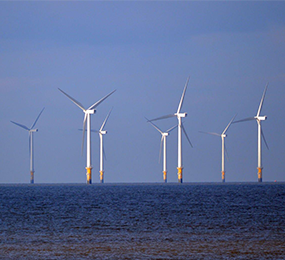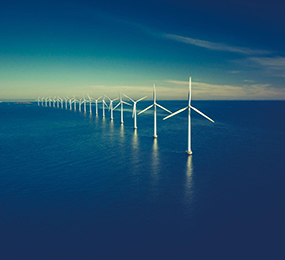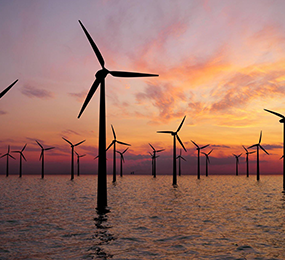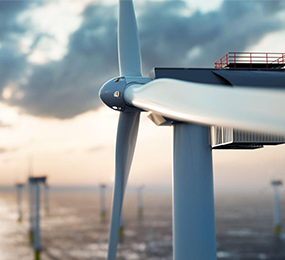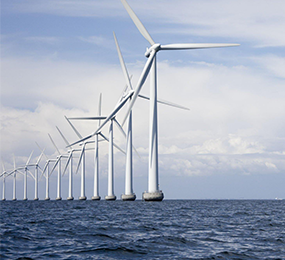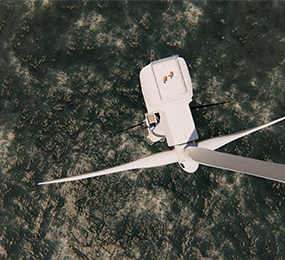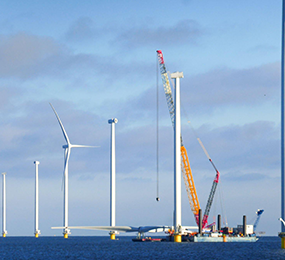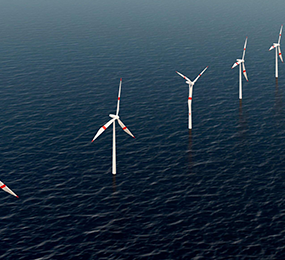Environmental Sustainability: Unveiling the Life Cycle of Floating Wind Farms
As the world embraces renewable energy, floating wind farms emerge as a beacon of sustainable power. This essay delves into the environmental sustainability of floating wind farms by examining their life cycle—from manufacturing to decommissioning.
Manufacturing Phase:
During the manufacturing phase, environmental impacts are considered. The production of floating platforms and turbines involves resource extraction and energy consumption. However, advancements in eco-friendly materials and manufacturing processes are minimizing these footprints.
Operational Phase:
The operational phase is the heart of environmental sustainability for floating wind farms. Harnessing wind energy, they produce clean electricity without greenhouse gas emissions or water usage, contributing significantly to the reduction of carbon footprints.
End-of-Life and Decommissioning:
Careful planning for decommissioning is crucial for environmental sustainability. Recycling materials, responsible disposal of components, and habitat restoration efforts ensure minimal environmental impact during the wind farm's retirement.
The life cycle analysis of floating wind farms reveals a holistic commitment to environmental sustainability. As technology advances and best practices evolve, the impact of these offshore structures is continually decreasing, making them a crucial component of a cleaner energy future.
Visit our website to know more: https://www.leadventgrp.com/events/4th-annual-floating-wind-europe/details
For more information and group participation, contact us: [email protected]
Leadvent Group - Industry Leading Events for Business Leaders!
www.leadventgrp.com| [email protected]


